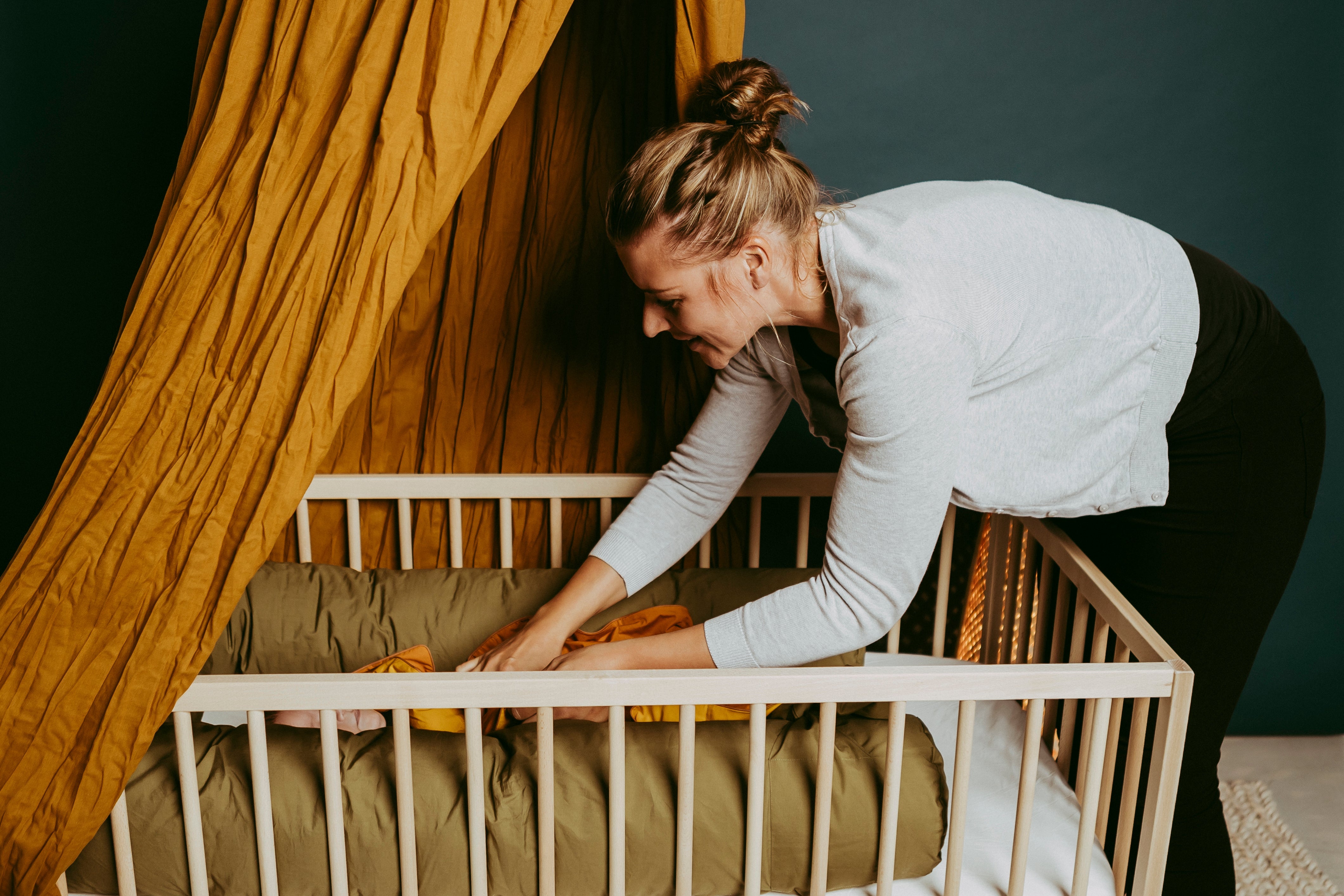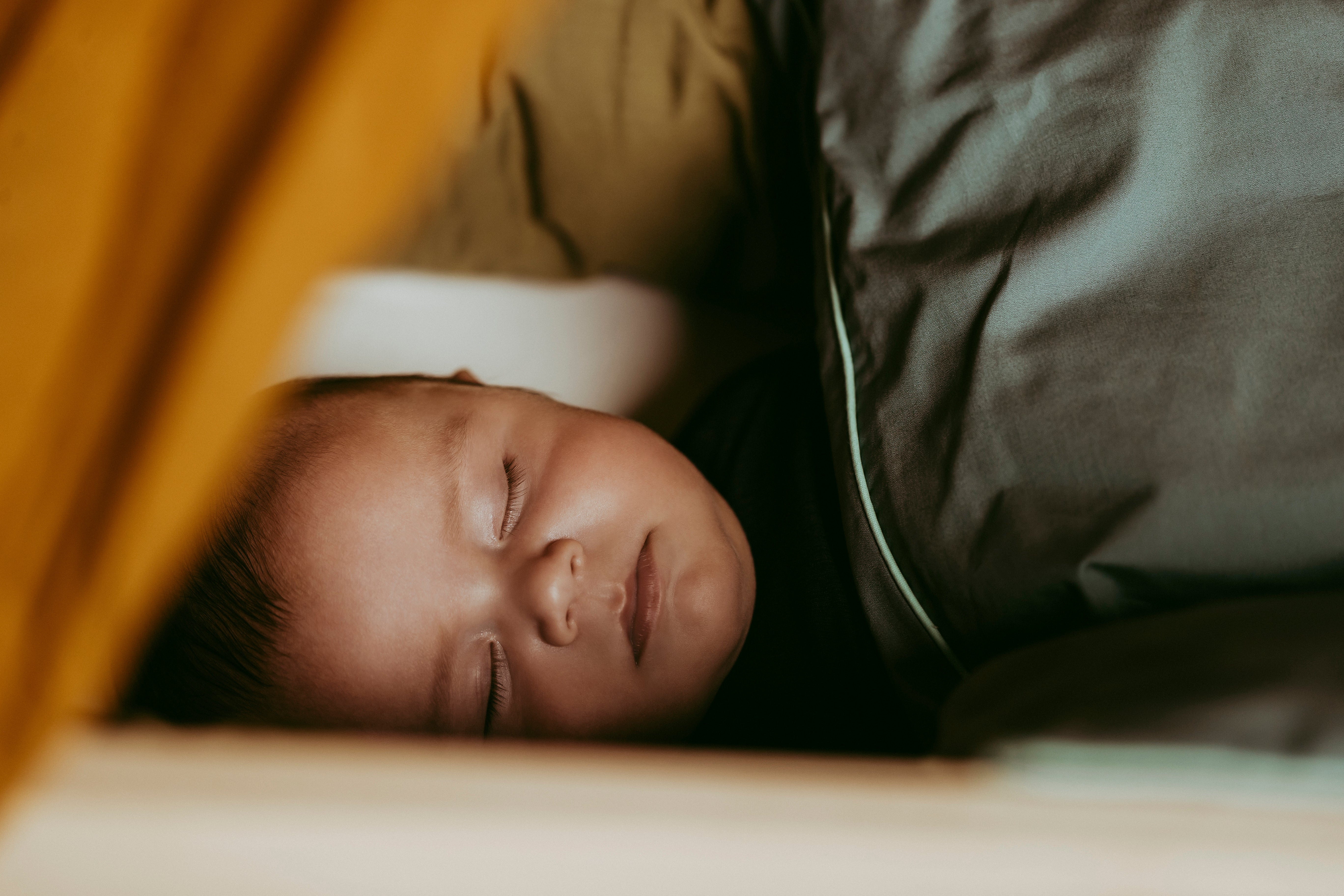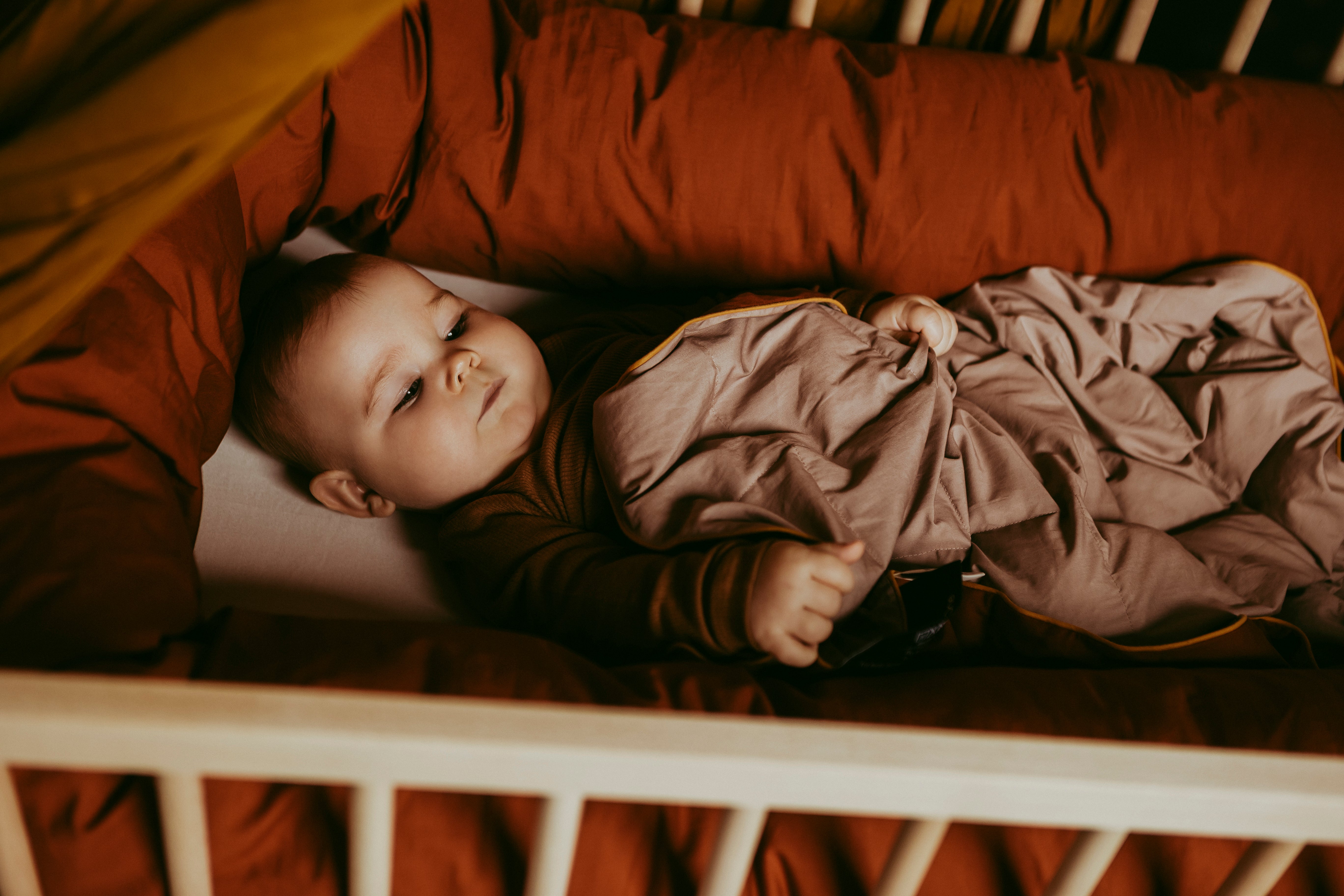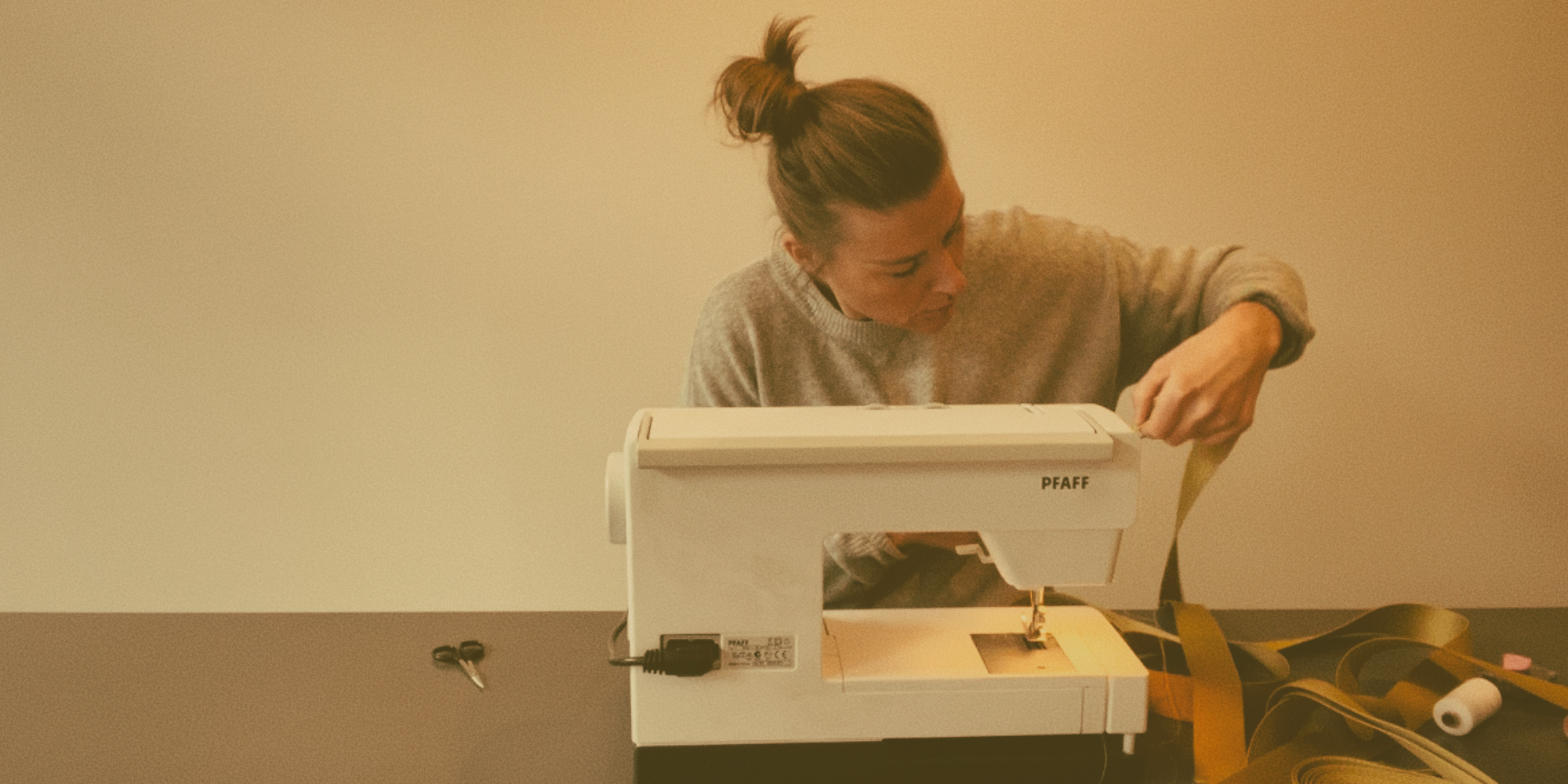
Why is my child sleeping restlessly?
Let's just say it; the vast majority of children sleep extremely restlessly. There's nothing strange about that. In fact, many adults do too. It can feel like a miracle that we don't fall out of bed many times during the night.
The parents, in my consultation, often describe different stages of restlessness. It starts during the infant period with very restless arms and hands. It can also be the head that moves from side to side. Closer to 6 months, the child may start to lift the legs off the surface and knock them into the mattress like a piston. When the child practices crawling during the day, it also sneaks into sleep, and during walking exercises the brain thinks it has to get the child to stand up 100 times during the night. Some parents actually describe that the child does the same restless action either on the way to sleep or at night. And when you know a little about our sensory system, some of it actually makes a lot of sense and can also be remedied so that it doesn't all have to happen at night.
"When the child practices crawling during the day, it also creeps into sleep, and during walking exercises, the brain thinks it has to get the child to stand up 100 times during the night. Some parents actually describe the child doing the same restless action either on the way to sleep or at night."
To understand this, we need to look at our musculoskeletal sense. This sense is actually a bit overlooked. This sense plays a crucial role in our ability to understand and coordinate our movements, maintain balance and feel safe in our bodies and provide well-being. It provides the brain with feedback about the position, movements and tension in our muscles, joints and tendons. One of the primary functions of the musculoskeletal sense is to give us body awareness.
What does this have to do with sleep, you might be wondering. Well, you see, good stimulation of this sense gives more calm to the nervous system.
Stimulation of the muscle-joint sense is achieved, among other things, through physical activity. What physical activity looks like varies widely at different ages, but it is great to jump, crawl, lift, balance, climb, etc. In fact, most adults think that a child who sits still with a screen calms his nervous system, but in fact it is a growing problem that our muscle-joint sense is not challenged enough because we sit more and more still.
What you can see in children is that they themselves seek stimulation of this sense in order to calm down. They tap their legs on the floor. They crawl up to one end of the bed and lie down where they feel most comfortable. They jump on the sofa or push and pull their little brother. They rock back and forth in bed in a crawling position. It may look like a child who is completely on edge, but in reality it is a child who is seeking to stimulate himself to calm his nervous system. It may seem completely backwards. But if you think of this sense as a need that needs to be met, to help the brain become more balanced, then we might as well fill this need during the day. We can't really handle the circus show in the evening, and it's not in the middle of trampoline jumping that you fall asleep. That's why we need to have our joints stimulated during the day.
"What you can see in the children is that they themselves seek stimulation of this sense in order to calm down. They tap their legs on the floor. They crawl up to one end of the bed and lie down where they feel the most pressure."
When it comes to evening and night, remember that the goal is not for the child to lie completely still. Children are restless during their sleep and that is completely normal. But a really good tool for those children who keep themselves awake with motor restlessness, or wake themselves up during sleep, the weighted blanket can help stimulate the muscle-joint sense and thus help the child find peace in the body. When the nervous system is calm, sleep comes more easily, and there is also a greater likelihood that the child will go from one sleep cycle to the next without waking up. If the child naps, the weighted blanket can also be used during the day to “recharge”.
By Karen Kildahl, co-founder of the "Center for Children and Youth Sleep" as well as sleep specialist, child health counselor and midwife.







